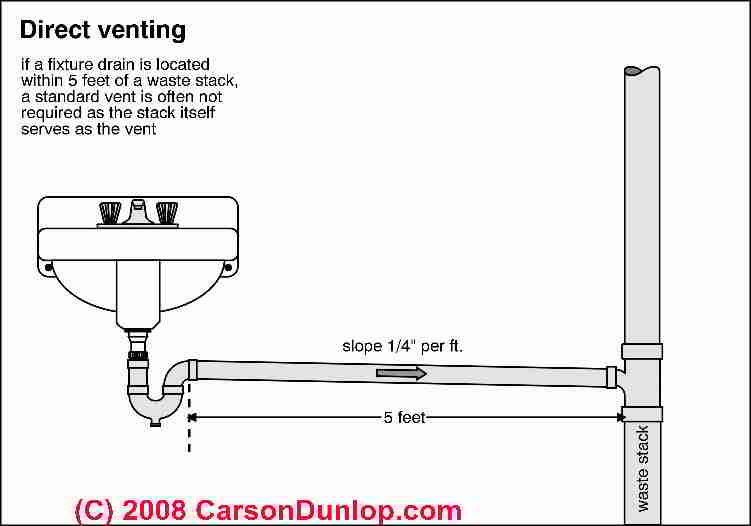Out Of This World How Many Vent Pipes Are Required

Within each plumbing system not less than one stack vent or vent stack shall extend outdoors to the open air.
How many vent pipes are required. Side wall vents are required to be protected from entry of birds or rodents usually by a coarse mesh screen. First consider the ambient temperature of the air around the vent pipe. The vent pipes remove or exhaust sewer gases and allow air to enter the system so that the wastewater flows freely.
When installing your vents its highly recommended that you plan out your drain lines to minimize the risk of clogging. All open vent pipes that extend through a roof shall be terminated at least NUMBER - typically 6 inches mm above the roof except that where a roof is to be used for any purpose other than weather protection the vent extensions shall be run at least 7 feet 2134 mm above the roof. The vent system serving each building drain shall have at least one vent pipe that extends to the outdoors.
The centerpiece of a DWV system is the main stack usually a pipe 3 or 4 inches in diameter that runs straight up through the roof. In this case Table G242821 shows that for a 30-foot-high vent with 10 feet of lateral the acceptable range of vent capacities. They lead into larger branch drain pipes which lead into the 4-inch stack.
In mass a house must have one full size vent stack after that any additional bathrooms may be vented with a single 2 pipe. If this is the only plumbing in your housebuilding there may be a code requirement that the vent stay 3 to roof as they typically call for one main vent of that size. We are not required to run a 3 vent stack for each bathroom.
Vents exceeding 40 feet 12 192 mm in developed length shall be increased by one nominal pipe size for the entire developed length of the vent pipe. 4-inch vent with 5 feet of lateral to be between 72000 Btu per hour and 157000 Btu per hour. The waste pipes remove water and material from the toilet.
If the appliance cannot be moved closer to the vertical vent then Type B vent could be used as the connector material. Typically toilet drains require a 2 vent pipe which must remain consistent all the way through the house until exposed to open air and can only increase in size. The drainpipes are made of cast iron galvanized pipe copper or plastic.













